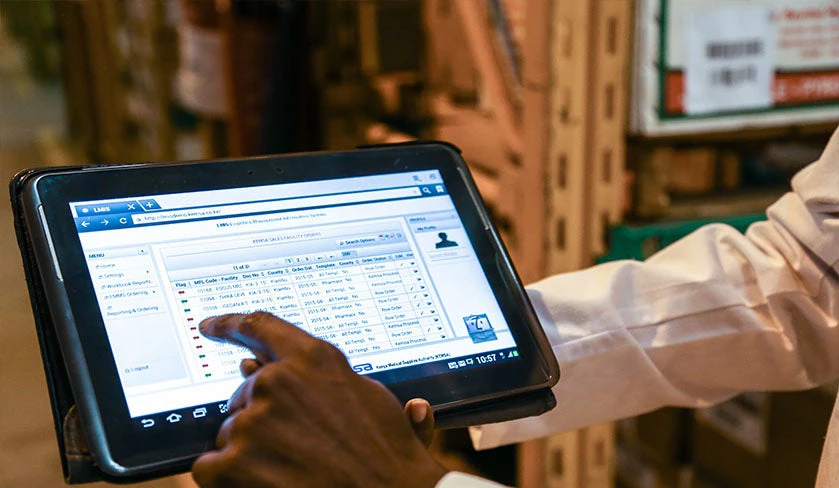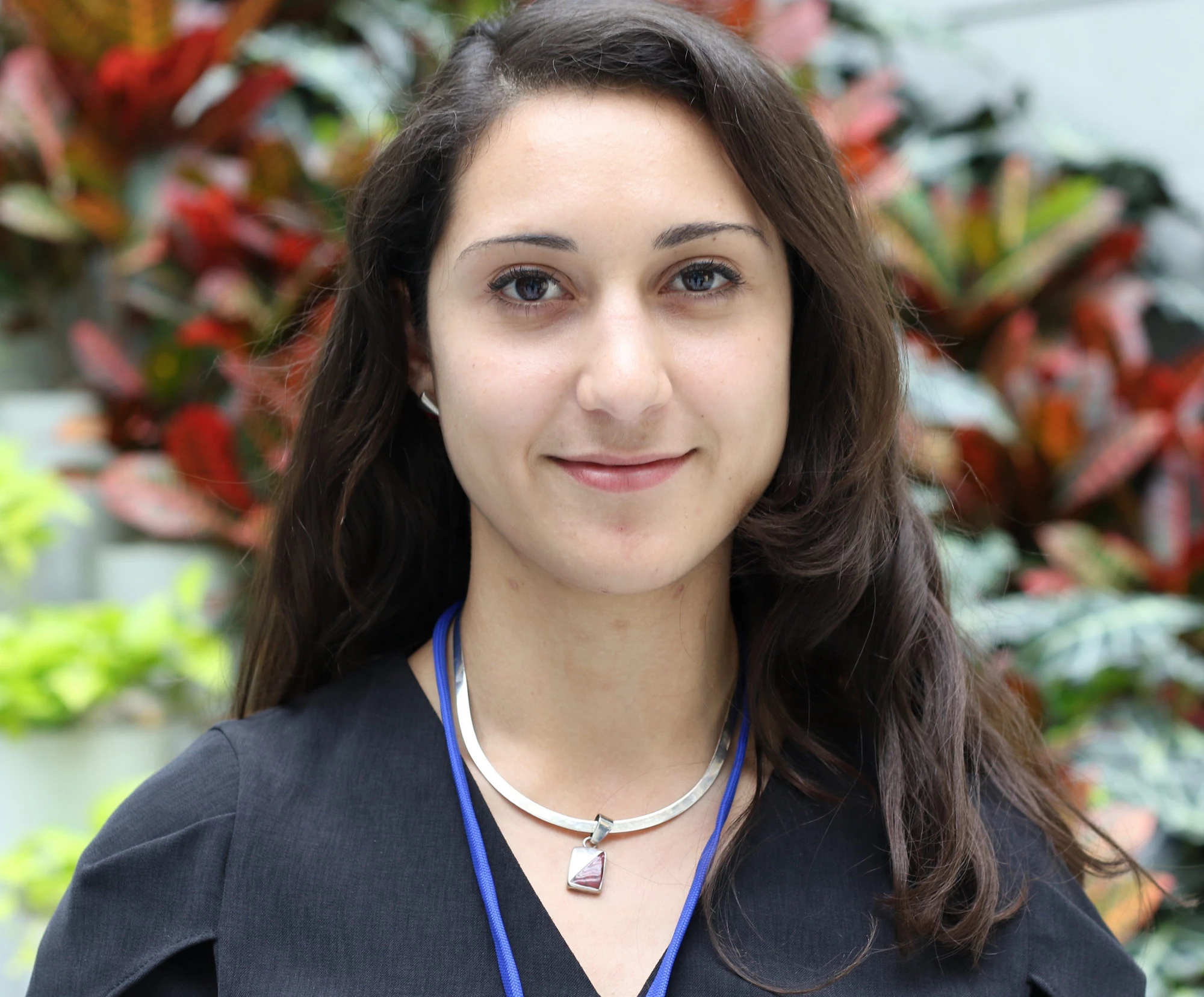Informed decision making requires timely and relevant evidence. This holds for national decision makers as well as development practitioners. Here at the World Bank, we have been working on creative solutions that lower the cost of project monitoring and create feedback loops. These feedback loops allow decision makers to assess the impact of their actions and to plan course corrections where needed. They also serve as incentive to act, since most decision makers wish to avoid the possibility of their inaction being exposed in future rounds of feedback and data collection. Feedback loops thus improve development outcomes through two pathways: by providing timely and actionable information and by functioning as an accountability mechanism. SWIFT and IBM are two examples of new tools that make this kind of regular feedback affordable.
The Survey of Wellbeing via Instant and Frequent Tracking (SWIFT) tool was created to be a timely, cost-effective, and simple way to monitor the twin goals of the World Bank: ending extreme poverty and boosting shared prosperity. For countries with household surveys that cover the entire population, SWIFT is a low-cost option to collect welfare information for project beneficiaries, as well as to monitor a project’s contributions to the Bank’s twin goals by providing timely feedback to project teams. SWIFT requires only five minutes for each household interview, a few minutes for processing the data, and costs less than $100,000 per country to implement.
Iterative Beneficiary Monitoring (IBM) creates nimble feedback loops to make projects more effective. Its agile approach obtains data directly from beneficiaries using focused interviews with appropriate samples and technology. A typical IBM survey can be fully designed and executed in less than four weeks, costs less than $5,000, and can be pushed out using mobile phone interviews or tablets, culminating in a report that is less than 10 pages—easily digestible for project staff. Its characteristics make it well-suited for fragile and conflict situations, where data collection can be difficult.

How are these tools being used?
In Tanzania, SWIFT is being used to fill a critical data gap on mobile penetration across income groups by combining questions on mobile phone uptake and usage with consumption estimates. This allows project teams to see beyond physical investment in telecommunications infrastructure to understand how access to digital technology and phones varies across socioeconomic groups within the country. The results are used for evidence-based policy recommendations to increase access to mobile phone and internet technology for the poorest segment of the population across the country, including through the digitization of public services, social protection mechanisms, and future regulatory efforts.
In Mali, Niger, and Nigeria, everything from school meals to fertilizer subsidies to free medical care has been monitored with IBM. IBM feedback led to notable improvements in project implementation: more students receive school meals, more farmers receive fertilizer vouchers, and more women have access to social protection than would have been the case without IBM.
The impact is clear for both SWIFT and IBM: for a small investment, projects can use quantitative evidence to inform decision-making in ways that were never possible before, ensuring sustainable development outcomes through greater efficiency, agility, and performance.
Without IBM, certain social transfers and agricultural subsidies would still go mainly to male heads of household, instead of being allocated in more gender-informed ways; school feeding programs would still be underfunded; and cash for work participants would still receive their wages after a three-month delay.
Going forward in this “Year of Data,” SWIFT and IBM are just two examples of new approaches aiming to revolutionize the way the Bank collects data and supports operations through better feedback loops. IBM plans to strengthen its implementation capacity by training all locally based poverty economists on the approach. Meanwhile, the SWIFT team is getting ready to pilot an integrated rapid collection infrastructure in a few countries in 2019. This initiative could further lower the cost of data collection to as little as $5,000 per country, by setting up a shared platform using local enumerators to collect short and frequent modules for different teams surveying the same areas. SWIFT works best when it is used at projects’ inception to include a baseline of socioeconomic indicators, allowing teams to track progress from the start and gain a comprehensive perspective of poverty reduction.
All this is part of the World Bank’s work to make development more effective, by creating and applying innovative tools that take advantage of advances in mobile data collection technologies, imputation techniques, and data visualization and mapping.
Are you using feedback loops for your project? Tell us in the comments below.





Join the Conversation